The leading approach to the simplex method, a widely used technique for balancing complex logistical constraints, can’t get any better.



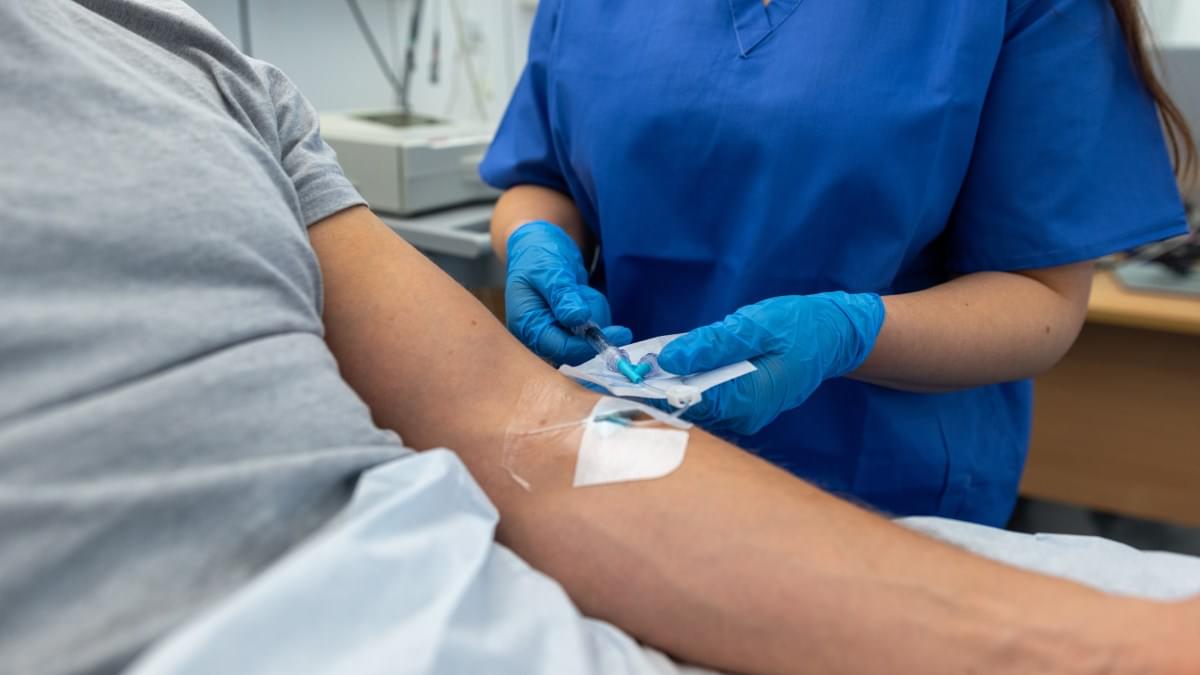

USC engineers have developed an optical system that routes light autonomously using thermodynamic principles. Rather than relying on switches, light organizes itself much like particles in a gas reaching equilibrium. The discovery could simplify and speed up optical communications and computing. It reimagines chaotic optical behavior as a tool for design rather than a limitation.
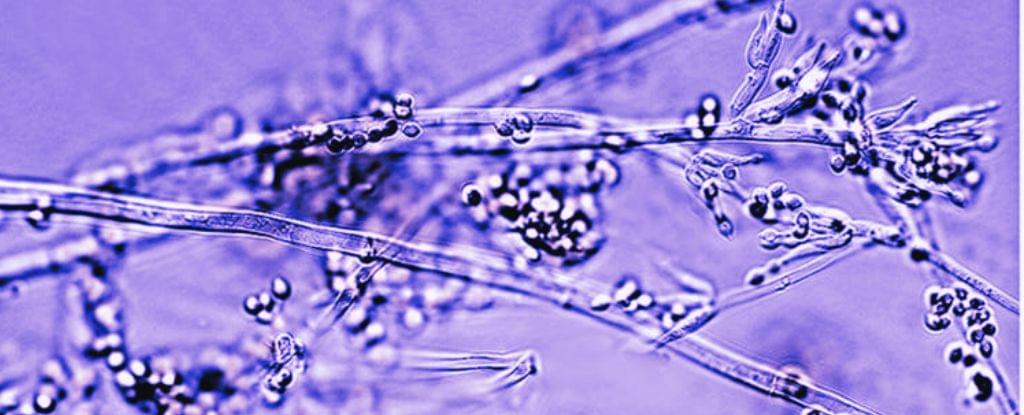
Fungi are best known for returning dead, organic matter to the Earth, but materials scientists are exploring whether they could someday help our bodies repair, in the form of special hydrogels.
To play a role in biomedical settings, a hydrogel needs a multilayered structure like our own skin, cartilage and muscles. While some engineers are working on synthetic versions that mimic biology, University of Utah scientists have found a hydrogel that literally has a life of its own.
Marquandomyces marquandii is a common species of soil mold, and a promising candidate for the job. This fungus has had a bit of an identity crisis, being misclassified as Paecilomyces marquandii until it was reassigned to its own genus in 2020. Soon, it may be able to add the role of ‘bio-integrated hydrogel’ to its resume.
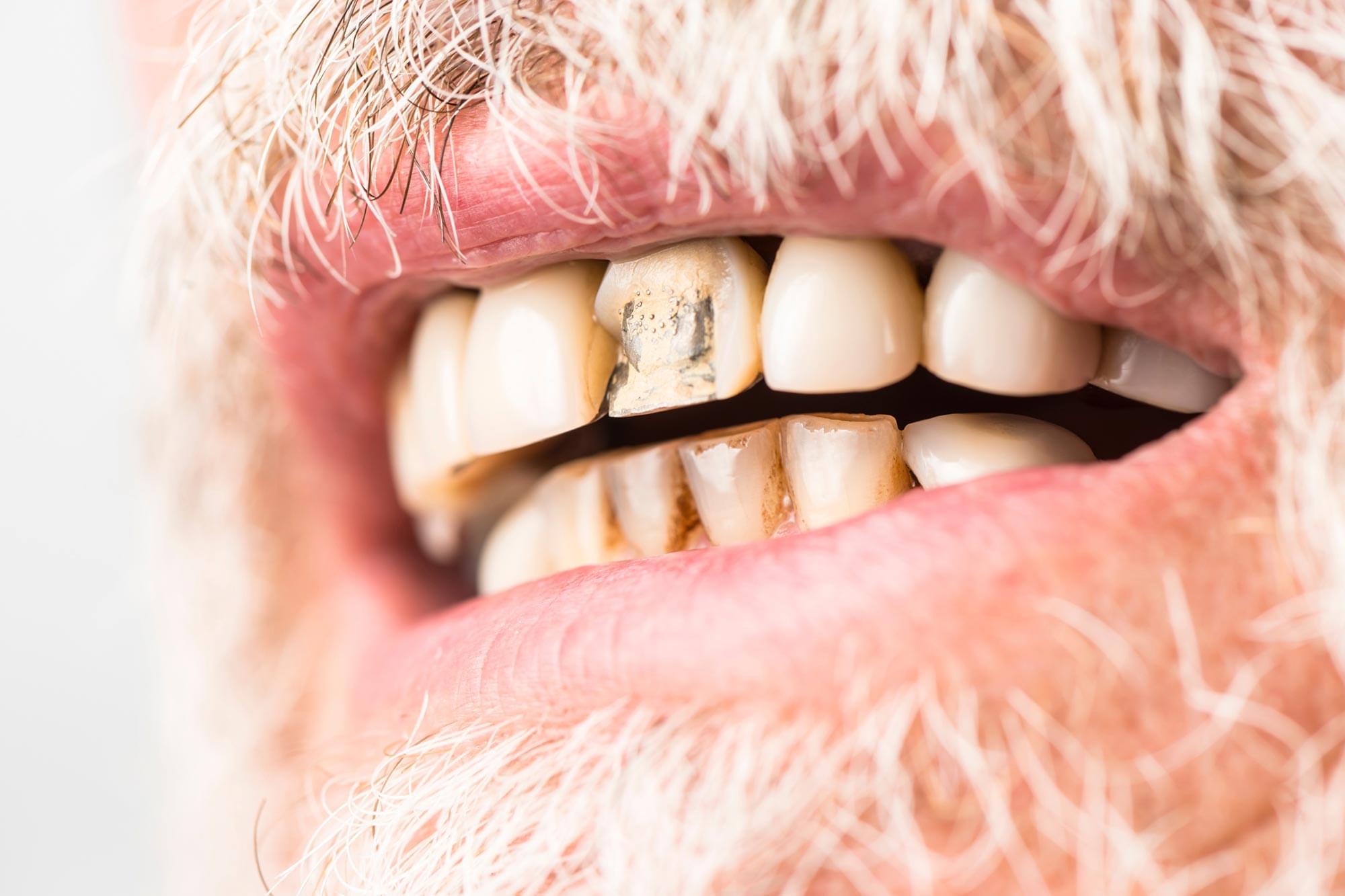
Researchers at Science Tokyo have identified two separate stem cell lineages responsible for forming tooth roots and the alveolar bone that anchors teeth in the jaw.
By using genetically modified mice and lineage-tracing methods, the team uncovered how specific signaling pathways direct stem cells to specialize during tooth development. Their findings provide valuable insight that could help advance the field of regenerative dentistry in the future.

As a college student, Gabriel Aguilar fell victim to an elaborate scam. The fraudsters posed as employers offering job opportunities that provided quick income.
He completed what seemed like a legitimate interview process, was offered a position and was even sent a check to purchase a laptop—which included a note from the perpetrators to send them the change. The scam was to unfold with the check bouncing and Dr. Aguilar being out his own money. Thankfully, his bank flagged the check because of typos and errors.
Aguilar, now an assistant professor of technical writing and professional communication in The University of Texas at Arlington’s Department of English, examines how today’s scammers are employing artificial intelligence (AI) to help con the public—in particular, the Latino population, which is often targeted.

The ability to reliably switch the direction of magnetic alignment in materials, a process known as magnetization switching, is known to be central to the functioning of most memory devices. One known strategy to achieve entails the creation of a rotational force (i.e., torque) on electron spins via an electric current; a physical effect known as spin-orbit torque (SOT).
Information storage devices that rely on this effect are called spin-orbit torque magnetic random-access memories (SOT-MRAMs). These memory systems have been found to have various notable advantages, such as the ability to retain data even when their electrical power is turned off, fast switching compared to other various existing memory solutions and low power consumption.
Researchers at National Yang Ming Chiao Tung University, the Taiwan Semiconductor Manufacturing Company, the Industrial Technology Research Institute and other institutes recently developed a new SOT-MRAM based on composite materials that contain the heavy metal tungsten, which is known for its strong spin-orbit coupling. Their memory device, introduced in a paper published in Nature Electronics, could be fabricated via existing processes for the large-scale production of semiconductors.
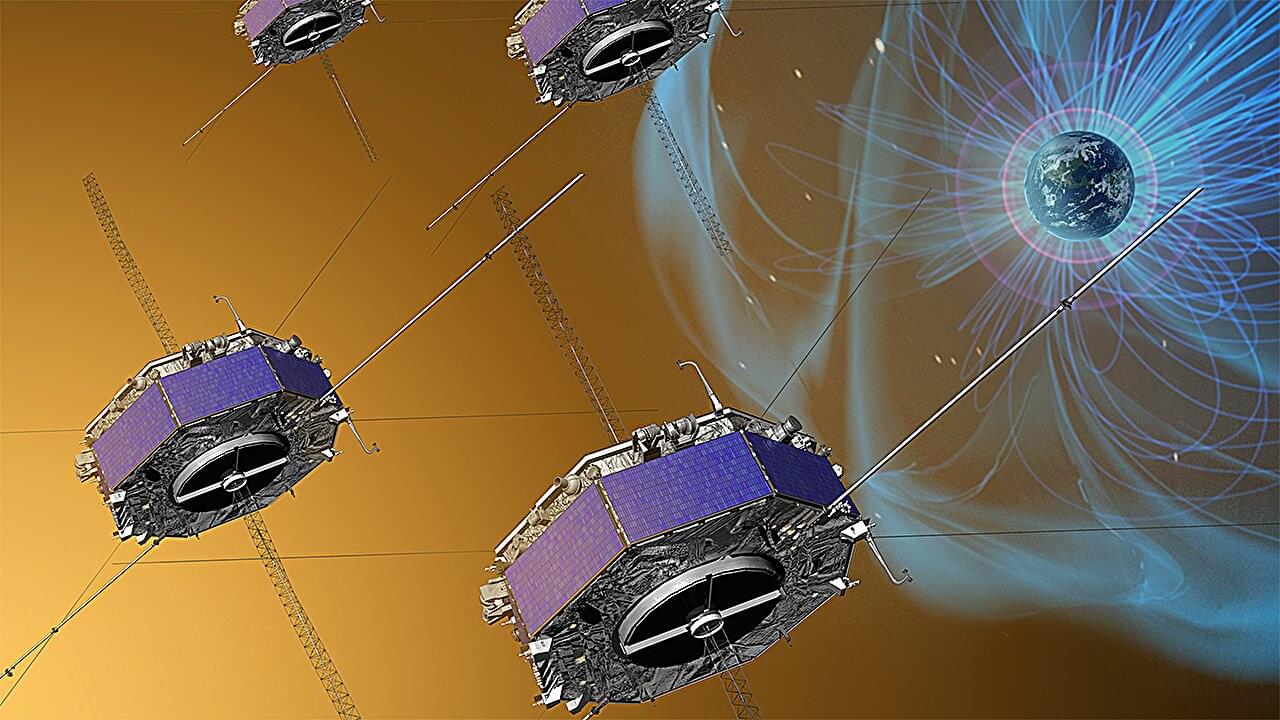
In recent years, NASA’s Parker Solar Probe has given us a close-up look at the sun. Among the probe’s revelations was the presence of numerous kinks, or “switchbacks,” in magnetic field lines in the sun’s outer atmosphere. These switchbacks are thought to form when solar magnetic field lines that point in opposite directions break and then snap together, or “reconnect,” in a new arrangement, leaving telltale zigzag kinks in the reconfigured lines.
In their article published in the Journal of Geophysical Research: Space Physics, E. O. McDougall and M. R. Argall now report observations of a switchback-shaped structure in Earth’s magnetic field, suggesting that switchbacks can also form near planets.
The researchers discovered the switchback while analyzing data from NASA’s Magnetospheric Multiscale mission, which uses four Earth-orbiting satellites to study Earth’s magnetic field. They detected a twisting disturbance in the outer part of Earth’s magnetosphere—the bubble of space surrounding our planet where a cocktail of charged particles known as plasma is pushed and pulled along Earth’s magnetic field lines.
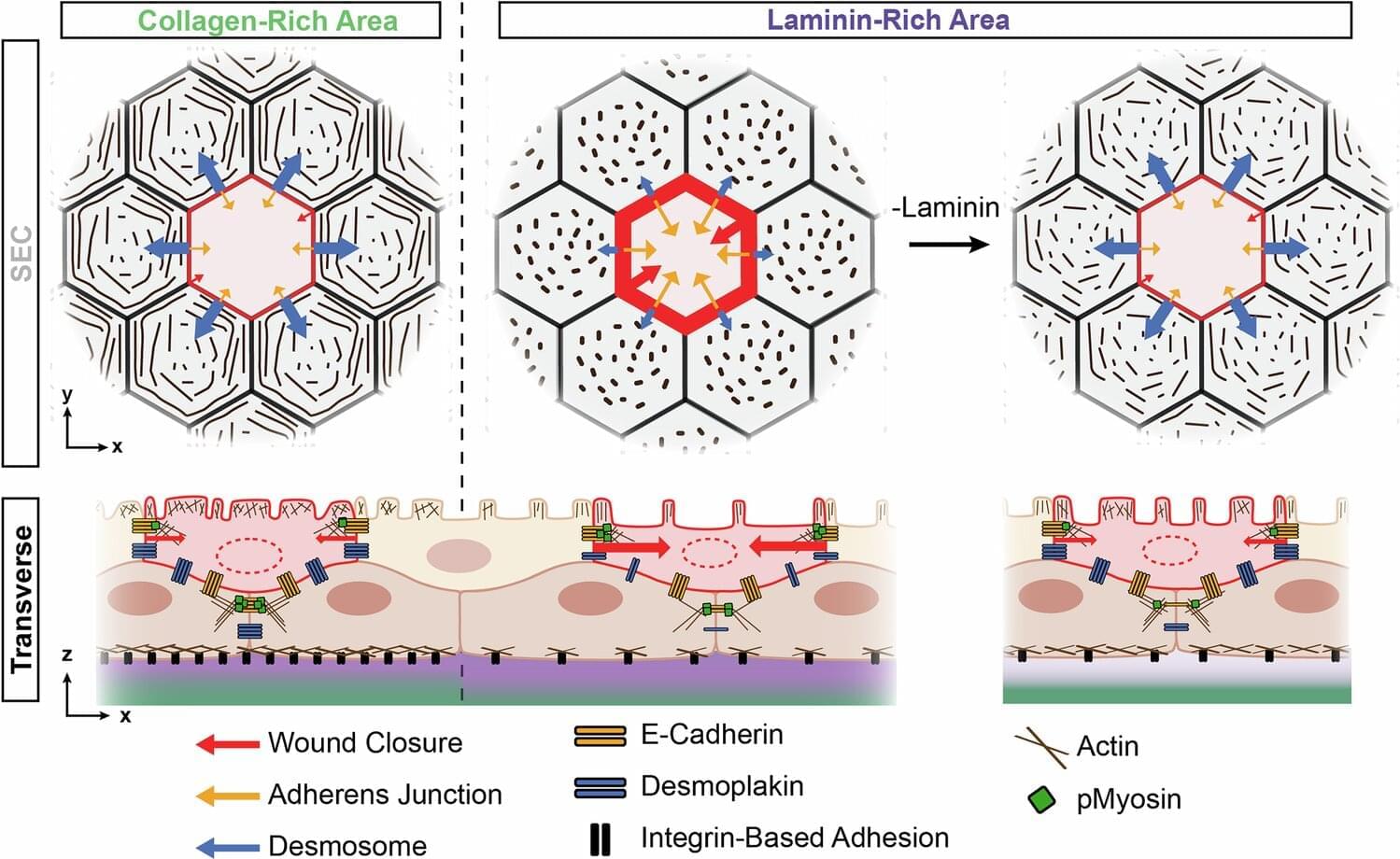
Our skin protects us from everyday mechanical stresses, like friction, cuts, and impacts. A key part of this function—standing as a bulwark against the outside world—is the skin’s amazing ability to regenerate and heal. But where does this healing ability begin?
In a new study published in Nature Communications, an interdisciplinary team led by the laboratories of Kaelyn Sumigray, Ph.D., and Stefania Nicoli, Ph.D., discovered that, during the earliest stages of embryonic development, skin stem cells contribute to forming a protective skin layer that accelerates healing as the embryo grows.
Their findings reveal one of the earliest steps in how skin stem cells learn to repair tissue—knowledge that could help engineer improved skin grafts for transplantation.